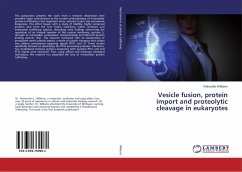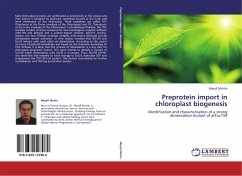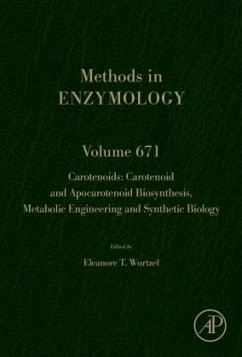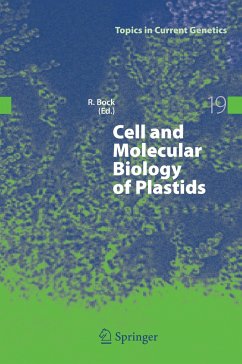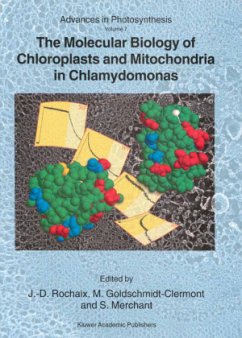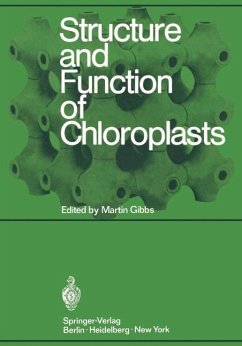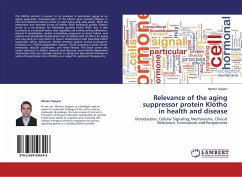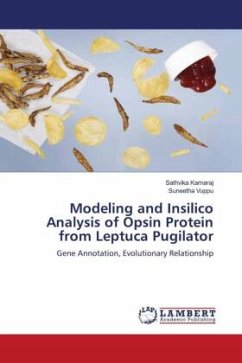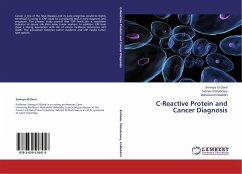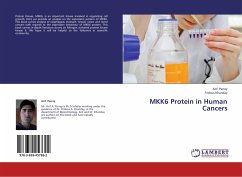
Protein Import into Chloroplasts
From cytosolic translation to the final destination
Versandkostenfrei!
Versandfertig in 6-10 Tagen
39,99 €
inkl. MwSt.

PAYBACK Punkte
20 °P sammeln!
Endosymbiotic evolution has resulted in transfer of most genes encoding protein components of plastids to the nuclear genome. In response to this displacement of genetic material, plastids have evolved a system to post-translationally import nuclear encoded preproteins. Most of chloroplast proteins are synthesized with cleavable N-terminal presequences that are necessary for proper targeting and translocation across the chloroplast envelope. Targeting peptides are sequentially decoded, which directs the polypeptide to the appropriate organellar subcompartment: outer or inner envelope membrane,...
Endosymbiotic evolution has resulted in transfer of most genes encoding protein components of plastids to the nuclear genome. In response to this displacement of genetic material, plastids have evolved a system to post-translationally import nuclear encoded preproteins. Most of chloroplast proteins are synthesized with cleavable N-terminal presequences that are necessary for proper targeting and translocation across the chloroplast envelope. Targeting peptides are sequentially decoded, which directs the polypeptide to the appropriate organellar subcompartment: outer or inner envelope membrane, intermembrane space, stroma, thylakoid membranes, or thylakoid lumen. This book describes different methods which enable investigation of import pathways of preproteins destined for different chloroplast compartments by tracking their movement through the chloroplast and analyzing protein interactions. We can follow the journey of intermembrane space proteins MGDG synthase and Tic22, inner envelope protein Tic110 and stroma-localized pSSU, from their synthesis on cytosolic ribosomes to their final destination.



